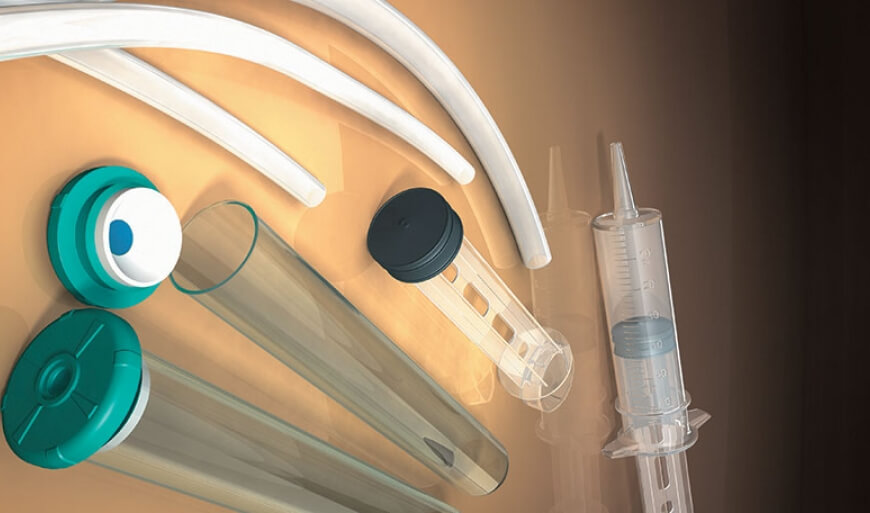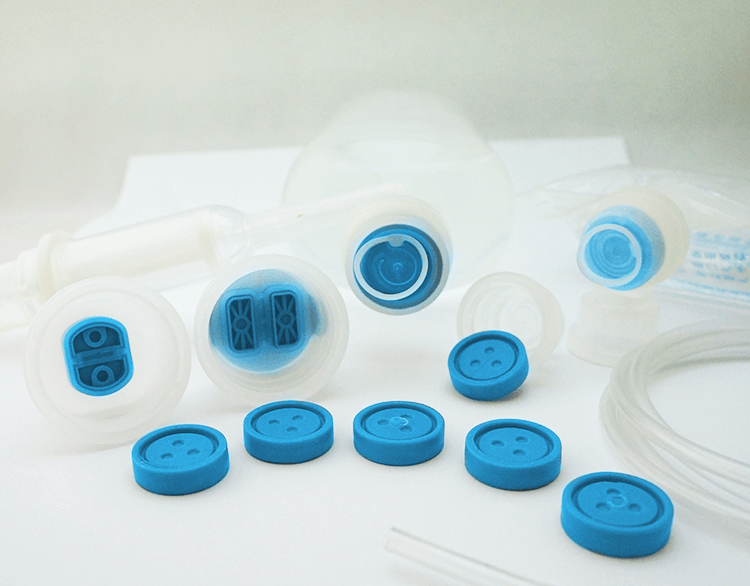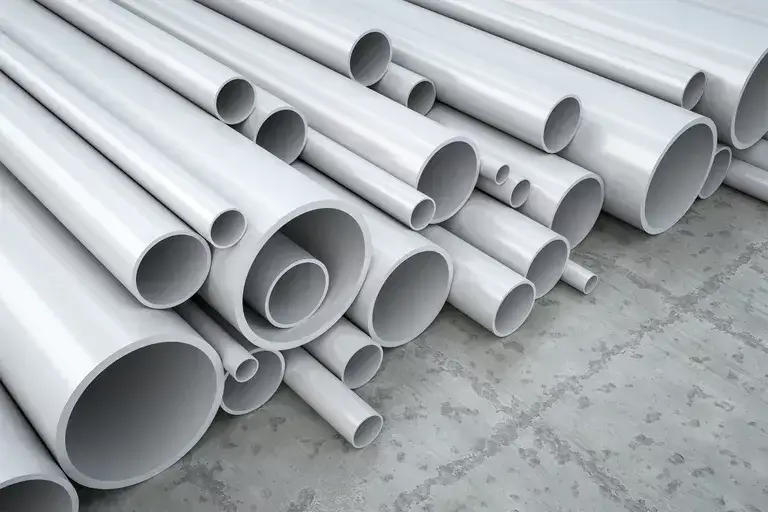Introduction to Types of Plastics for Medical Devices
Plastics have become an integral part of the medical industry, with a wide range of applications in medical devices. From surgical instruments to implantable devices, plastics offer numerous advantages such as durability, flexibility, and biocompatibility. However, not all plastics are suitable for medical use. In this article, we will explore the different types of plastics commonly used in medical devices.
One of the most commonly used plastics in the medical industry is polyvinyl chloride (PVC). PVC is known for its excellent chemical resistance and low cost, making it a popular choice for medical tubing, bags, and containers. It is also highly flexible, allowing for easy manipulation during medical procedures. However, PVC contains plasticizers that can leach out over time, potentially causing health risks. To address this concern, manufacturers have developed PVC-free alternatives such as thermoplastic elastomers (TPE) and polyolefins.

TPEs are a group of materials that combine the properties of rubber and plastic. They are highly flexible, biocompatible, and can be easily molded into complex shapes. TPEs are commonly used in medical devices that require a soft and pliable material, such as catheters and syringe plungers. They are also resistant to chemicals and can withstand repeated sterilization, making them ideal for use in healthcare settings.
Polyolefins, such as polyethylene and polypropylene, are another group of plastics commonly used in medical devices. These materials are known for their excellent chemical resistance, low cost, and high strength. Polyethylene is often used in medical packaging, such as bags and containers, due to its transparency and ability to withstand sterilization processes. Polypropylene, on the other hand, is commonly used in medical devices that require high mechanical strength, such as orthopedic implants and surgical instruments.

Another important group of plastics used in medical devices is thermoplastic polyurethane (TPU). TPU is a versatile material that combines the properties of rubber and plastic. It is highly flexible, abrasion-resistant, and has excellent tear strength. TPU is commonly used in medical tubing, catheters, and wound dressings. It is also biocompatible and can be easily sterilized, making it suitable for use in medical applications.
In recent years, there has been a growing interest in biodegradable plastics for medical devices. These plastics are designed to break down over time, reducing the environmental impact of medical waste. One example of a biodegradable plastic is polylactic acid (PLA). PLA is derived from renewable resources such as corn starch or sugarcane and can be used in a variety of medical devices, including sutures and drug delivery systems. However, biodegradable plastics may have limitations in terms of mechanical strength and stability, and further research is needed to optimize their performance.

In summary, the choice of plastic for medical devices depends on factors such as intended use, biocompatibility, chemical resistance, and sterilization requirements. PVC, TPE, polyolefins, TPU and biodegradable plastics are commonly used materials in the medical industry because each type of plastic offers unique properties and advantages that allow manufacturers to design and produce safe and effective medical devices. And as technology advances, we expect further developments in the field of medical device plastics will further improve patient care and outcomes.
